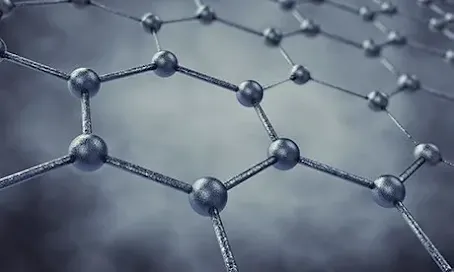Graphene is a single layer of carbon atoms arranged in a hexagonal lattice pattern. It was first isolated in 2004, and since then it has been the subject of much research and development due to its remarkable properties.
One of the key benefits of graphene is its exceptional strength and stiffness, making it one of the strongest materials known to science. In addition, it is an excellent conductor of heat and electricity, and it is also transparent, flexible, and lightweight.
Another important aspect of graphene is its potential for use in a wide range of applications, such as electronics, energy, and materials science. For example, graphene can be used to create new and more efficient electronic devices, such as transistors, batteries, and solar cells. It can also be used as a material for energy storage, as a coating for protective coatings, and as a component of composites.
Despite these potential benefits, there are also many challenges associated with the commercialization of graphene, such as the need to develop scalable and cost-effective production methods, and the need to overcome the challenges associated with integrating graphene into existing technologies.
Despite these challenges, many experts believe that graphene has a bright future, and that it will play an increasingly important role in many industries in the years to come. Whether it is used for electronics, energy, materials science, or other applications, graphene has the potential to bring about many important breakthroughs that will change the way we live and work. However, it is also important to ensure that the development and commercialization of graphene is done in a responsible and ethical manner, to minimize the potential risks and maximize the benefits.

